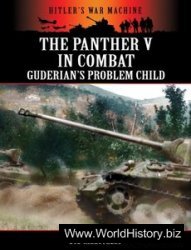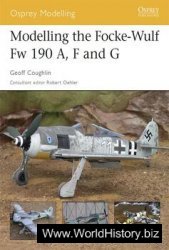The Nez Perce and other PLATEAU INDIANS did not farm but wandered the dry, rugged high country in search of a variety of foods, moving their village sites with the changing seasons. Important foods were fish, especially salmon, which swam upriver from the ocean to spawn and lay eggs; mammals, especially elk, deer, mountain sheep, and rabbits; and wild plant foods, especially camas (lily) bulb and roots, and berries.
The Nez Perce were inventive in their fishing gear, using a number of techniques. They stood on the bank or on platforms they built and thrust at fish with long-handled spears. They also used nets, both handheld nets on long poles and large weighted ones attached to floats, small traps made from poles and brush, and large enclosures called weirs. They normally did not fish with hooks and lines during the salmon spawning runs.
Tribal members had different houses for warm and cold weather. The warm-weather houses were easy to assemble and disassemble for moving from one place to another, such as to a streambed in late spring during the first salmon run. These temporary shelters consisted of poles in the shape of a ridged tent or a slanted lean-to, covered with mats of woven plant matter.
Earth-covered pithouses served as winter houses. A pole framework was made into a conical shape by erecting a large post in the center of a round pit and extending numerous other poles from its top to the edge of the pit. Then the roof poles were covered with mats of cedar bark, sagebrush, and other plants, as well as packed grass and earth.
A Nez Perce village usually consisted of five or six of these dwellings, with several families living in each pit-house. But the Nez Perce and other Plateau peoples were not organized into groups of families called clans, as many other Indian peoples were. They had shamans, but they did not have secret societies. Their chiefs were not as powerful as some other tribes’ chiefs were. Their social, political, and religious organization was much looser than that of the NORTHWEST COAST INDIANS, their neighbors west of the Cascade Mountains.
The Nez Perce did not make pottery. The women did, however, weave exquisite baskets, which they used for cooking by placing heated stones in them, and for gathering wild plants. They also wove soft bags of marsh plants with intricate designs. In making their clothes, the Nez Perce used cedar bark, deerskin, and rabbit skin. The women were famous for their basket hats, which they wove out of dried leaves.
In the early 1700s, the Nez Perce acquired the horse through trade with other tribes. They rapidly became skilled horse breeders and horse trainers, as did other tribes of the region, such as the CAYUSE and PALOUSE. With horses, the Nez Perce could range farther for food, even venturing onto the plains east of the Rocky Mountains to hunt buffalo. Instead of the small mat tents and lean-tos, they began using large hide tipis, like those of the PLAINS INDIANS, when on hunting and fishing trips.




 World History
World History









